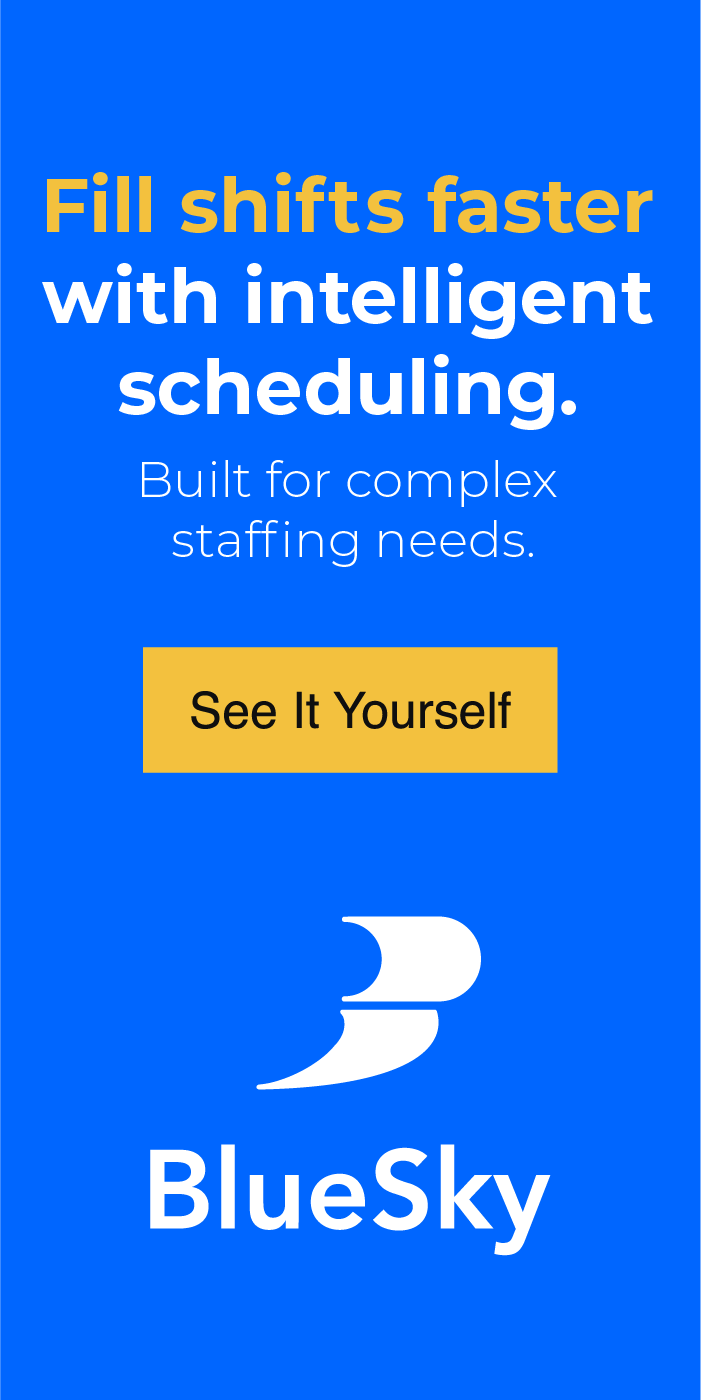Staff scheduling for major hospital systems and healthcare organizations can be a frustratingly complex endeavor. If not done properly, it leads to short-staffing, a disgruntled workforce and even high employee turnover.
Implementing sophisticated medical staffing software can optimize the scheduling process and lead to better patient care in the long term.
Common problems in medical staff scheduling
One of the biggest hurdles to optimizing medical staff scheduling is the method used. Wall calendars, spreadsheets and sticky notes simply don’t provide your organization with an efficient system for scheduling staff. These manual methods leave the door open to human error, overlapping shifts and the potential for nurse or physician burnout – any one of which bogs down schedule optimization efforts.
Further, nurses and physicians become disgruntled if there are constant problems with scheduling, leading to staff turnover, which exacerbates these complications. This doesn’t bode well for the sector as a whole, since a nursing shortage is already a significant problem.
Factor in the variability of the different types of shifts, such as teaching, non-teaching, evening and overnight, then include the fact that not all doctors work all shifts, and these factors only magnify the problems in medical staff scheduling.
At first blush, scheduling difficulties might not seem like that big of a deal. So, somebody has to work a Saturday when they thought they had it off – shouldn’t that just be something people have to deal with at any job? Not quite.
In most jobs and industries, scheduling problems and being short staffed of course affect staff morale. However, in hospitals and healthcare organizations this effect on morale also leads to a negative impact on patient care. When nurses and physicians aren’t happy with their schedules, this frustration will leak over to other aspects of their work performance.

Using outdated scheduling methods leads to frustrated medical staff and high turnover rates.
Life hacks or “simple” fixes will not address medical provider scheduling scenarios.
Without the right tools, other obstacles arise in timetabling, sequencing and rostering workers. After taking into account all the different requirements, rules and requests that need to be factored into scheduling, there are about 200 different elements involved. Using outdated methods to resolve all of these variables often leaves schedulers relying on educated guesses, intuitive judgments, rules of thumb or just their common sense to make the calendars work.
Some hospital systems and healthcare organizations have turned to simple software solutions in an attempt to manage these complications. However, these merely break down the schedule into smaller modules in an attempt to make the process easier. While this approach might seem like it fixes the problem, it can actually lead to misalignments as changing one of the smaller pieces can negatively impact a different area. This ultimately means that managers will still need to manually intervene to solve conflicts and other issues with scheduling.
Implementing a robust software solution
Instead of trying to make the problem easier, a better approach involves implementing a medical staffing software solution that can handle the inherent complexities of nurse scheduling at a systems-level.
In addition, not only does a sophisticated vendor management system assist in overcoming common problems involved in medical staff scheduling, it also incorporates easy access portals for service providers, workers and/or partner agencies. This includes both web and mobile apps for scheduling purposes, giving staff real-time insight into their past, current and future shifts.
Armed with this information, physicians, nurses and locum tenens gain that crucial insight into when they are and aren’t working. This helps ensure everyone stays on the same page, and reduces the potential for scheduling miscommunications and errors that create tensions and frustration among the staff. When healthcare staff are happy with their schedules their work performance also improves accordingly.
Click here to learn more about how BlueSky Medical Staffing Software helps hospitals, healthcare organizations and medical staffing agencies optimize their scheduling.

